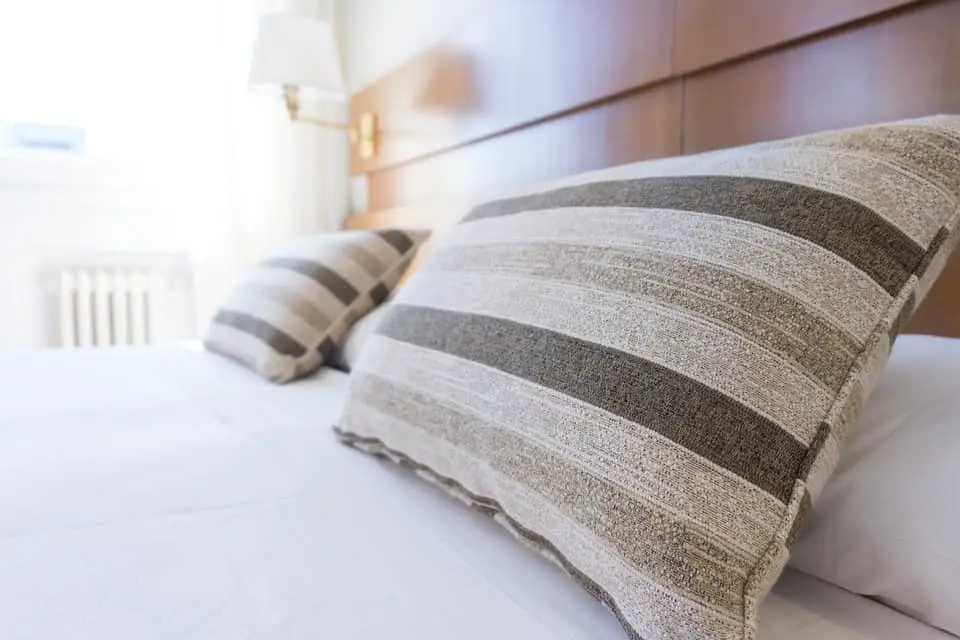
With over 60 million people suffering from chronic sleep deprivation, it’s a wonder more people aren’t walking around like zombies. While some of these people have serious underlying conditions that keep them from being able to get rest at night, for many others, the simple switch of the right mattress could solve their need for coffee IV infusions every day.
But how do you know if you are one of the lucky ones who could be sleeping like a baby if they just had the right mattress? Take a look at your sleeping habits and the recommended mattresses for those individuals to see if you are giving your body what it needs for a great night of sleep.
Analyze Your Sleeping Habits
Even if you don’t have a set sleeping pattern, that in itself is a sleeping habit. You may wake up one day in the same spot you fell asleep and the next upside down with your foot in your partner’s face. That’s fine. That’s a pattern and you should analyze it to find out which mattress will help you sleep better.
Here are some of the most common sleeping habits and the mattresses that are recommended for those sleepers:
- Side sleepers – The most common sleeping position, side sleepers have a lot of positives to go along with their rest, especially sleeping on the left side. When you sleep on your left side, you can avoid heartburn and acid reflux, which is great if you ate shortly before bed. Left side sleeping also improves your digestion and circulation.
Side sleeping is generally recommended for people who suffer from obstructive sleep apnea, snore a lot, or have chronic back or neck pain. It’s also recommended if you are pregnant.
There are some cons, though. Side-sleeping increases sagging and skin wrinkles, and if you sleep on the same side all of the time, you may start to notice arm numbness, shoulder pain, and even hip discomfort.
To get the best sleep possible as a side sleeper, look for a soft or medium mattress that decreases pressure points like the shoulder area and supports your spine’s natural alignment.
- Stomach sleepers – When your partner is a chronic snorer, you may want to recommend stomach sleeping for them. This is the best way to reduce or eliminate the irritating habit. But otherwise, stomach sleeping is attributed to chronic back problems since your spine is unnaturally positioned and your neck is generally turned to one side.
You can avoid these painful conditions and still sleep comfortably by finding a mattress that is soft enough to be comfortable and relieve pressure, but supportive enough to keep your hips from causing lower back strain.
- Back sleepers – Even though this position is excellent for your spine and neck, it’s also prime snoring placement. But if you’re not a snorer and you sleep on your back, you are one of the few who is able to sleep in the most recommended, natural position.
This type of sleep placement lets your face be exposed to air naturally, avoiding wrinkles. If you have the right pillow and mattress, your neck and spine are also angled neutrally.
However, for those with sleep apnea, lying on your back can be dangerous. The back of your tongue can obstruct your breathing by blocking the airway.
Back sleepers benefit most from mattresses that are made of memory foam material that conforms to their natural spinal curves.
- Fetal position – In the fetal position, you are sleeping on your side, but you are curled up in somewhat of a ball. This position lets your spine rest as it would naturally. It’s also thought to help prevent certain chronic conditions, like Alzheimer’s Disease.
If you’re a fetal sleeper, though, find a mattress that lets you relax into it so that you are not curled up too tightly. That can restrict your breathing and cause strain on your back and joints. Find a mattress that is soft and supports the contours of your body.
- The Starfish – Back sleepers aren’t all the same. Some sleep flat on their back, arms crossed over their chest. Others sleep flat with their arms straight out next to them. But many sleep like a starfish – legs spread apart and arms bent up over the sides of their head.
This position requires a lot of help to avoid the dreaded snoring, sleep apnea aggravation, and other cons that come with it. Find a mattress that is firm and supportive for your spine and a pillow that will raise your neck enough to prevent obstructed airways.
- The Restless Sleeper – Tossing and turning all night as you sleep? You may be getting your full 8 hours, but your body isn’t truly resting, and most likely your partner’s isn’t, either.
If you are a restless sleeper, find a mattress that isolates the motion so anyone you sleep with isn’t jostled when you move. It may be that your mattress is causing the restless sleep and when you find the right one, you’ll stop the constant action, but if not, a memory foam mattress can help limit the spread of movement and let you rest more peacefully.
Sleep Better Whatever Your Habit Is
Sure, you may want to sleep a certain way, but when you are sleeping, your brain dictates your movements without your input. You can be told to sleep on your side or back and even force yourself to fall asleep that way. What happens next, though, is anyone’s guess.
Instead of losing sleep over the matter, find a mattress that supports your sleeping habits just the way you are.
